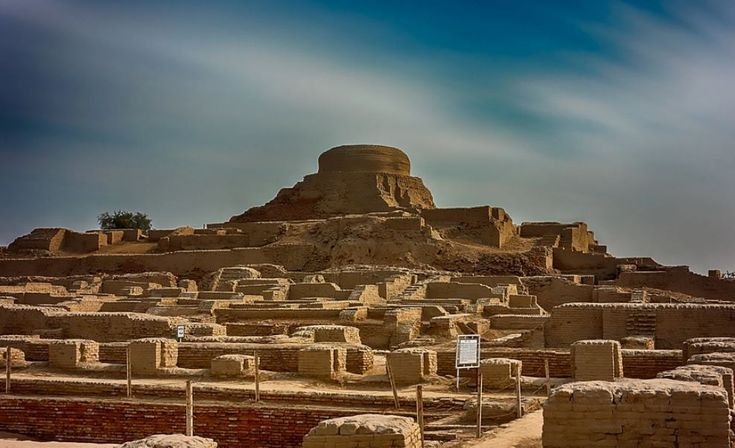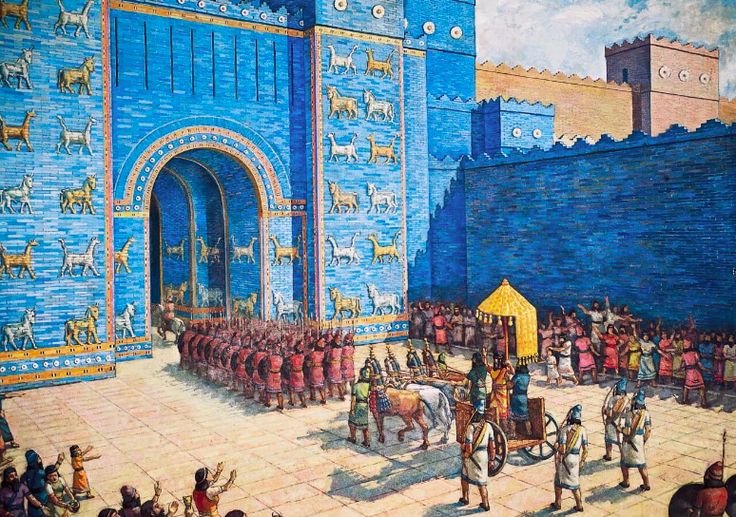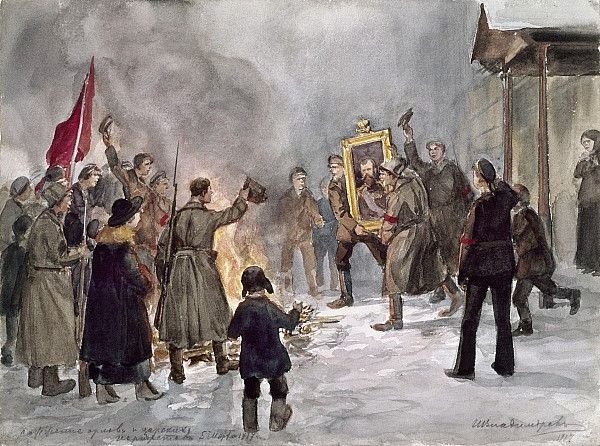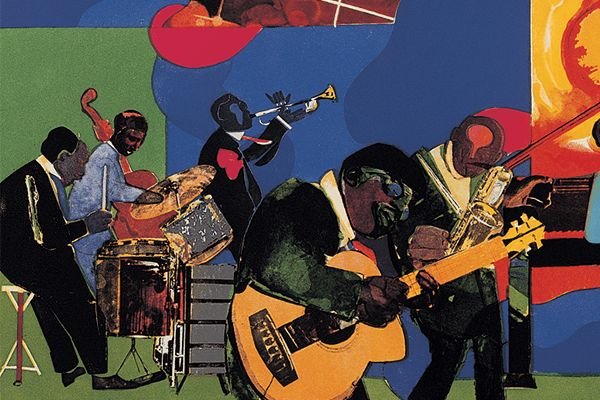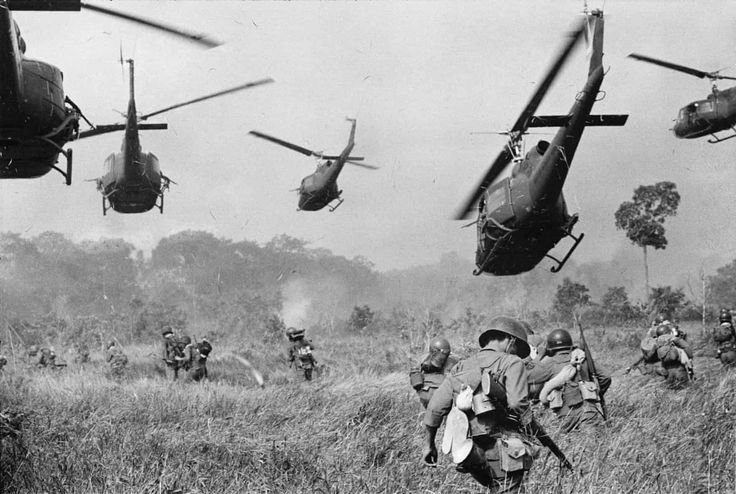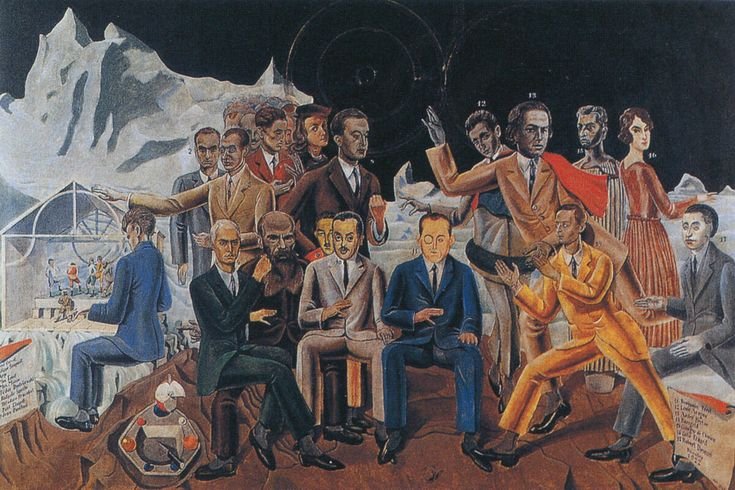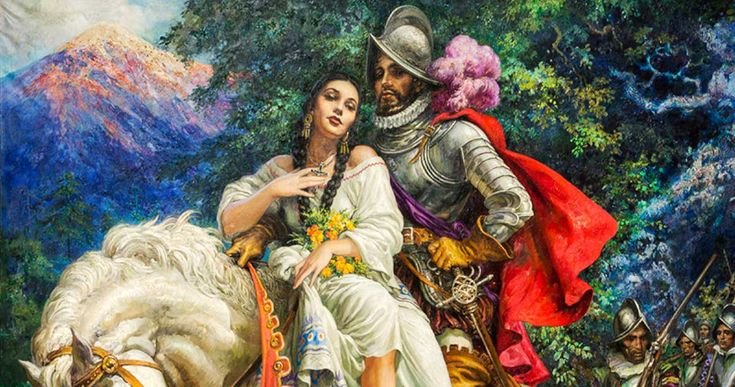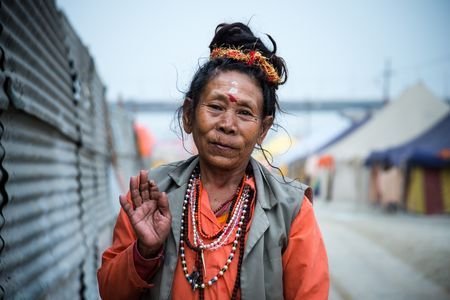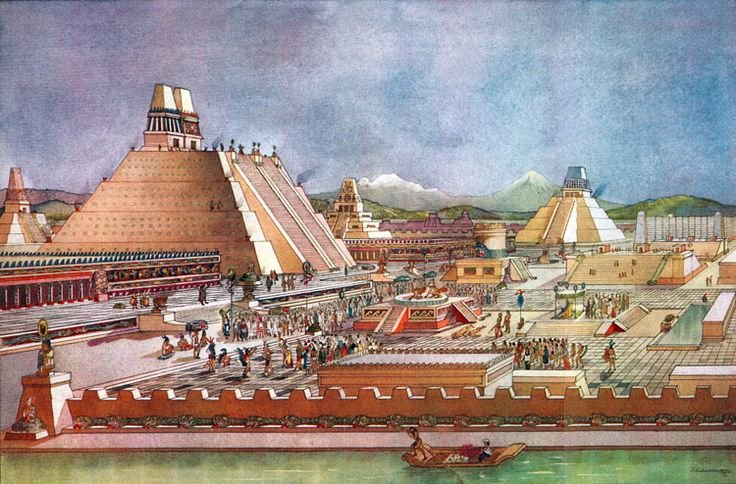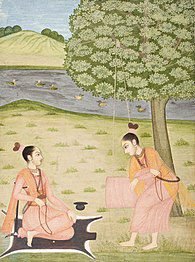The Indus Valley Civilization (IVC), one of the world’s earliest urban civilizations, thrived between 2500 BCE and 1900 BCE in what is now Pakistan and north-western India. Alongside Mesopotamia and Ancient Egypt, it formed one of the great early centers of human civilization. Known for its advanced urban planning, sophisticated trade networks, and remarkable craftsmanship, […]Read More
Mesopotamian civilization, often referred to as the “cradle of civilization,” emerged in the fertile plains between the Tigris and Euphrates rivers. It spanned over several millennia and gave rise to some of the most influential art forms in human history. The art of Mesopotamia is a reflection of the civilization’s intricate social, political, and religious […]Read More
The Russian Revolution of 1917 was one of the most significant upheavals of the 20th century, which lead to the downfall of the centuries-old Romanov dynasty and the establishment of a communist regime under the Bolsheviks. It was a complex event, driven by deep-seated economic, political, and social grievances, and it reshaped the geopolitical landscape, […]Read More
The Harlem Renaissance: A Historical Overview of African American Cultural
The Harlem Renaissance was a monumental cultural movement that began in the early 20th century in Harlem, New York City. Spanning roughly from the 1910s to the 1930s, it marked an extraordinary flowering of African American intellectual, artistic, and literary achievement. The Harlem Renaissance reshaped not only African American culture but also had a profound […]Read More
The Vietnam War (1955–1975) was a protracted conflict that emerged from the political and ideological struggle between communist North Vietnam and capitalist South Vietnam. It escalated into a global confrontation involving major Cold War powers, particularly the United States, the Soviet Union, and China. The war is often considered one of the most controversial conflicts […]Read More
Dadaism, often called Dada, was not simply an art movement but a profound cultural rebellion that arose in the early 20th century as a reaction to the unprecedented horrors of World War I. The devastation of the war, with its millions of deaths and shattered nations, led to widespread disillusionment with the systems that governed […]Read More
The Complex Legacy of La Malinche in Mexican History
La Malinche, also known as Doña Marina, remains a complex and polarising figure in Mexican history. Initially captured and given to the Spanish as part of their conquest, Malinche’s linguistic skills and political acumen made her an invaluable asset to Hernán Cortés during the Spanish expedition to Mexico. Fluent in multiple Indigenous languages and eventually […]Read More
The Kumbh Mela, an immense spiritual gathering held every 12 years at the confluence of the Ganga, Yamuna, and Saraswati rivers, is a profound and transformative event for millions of Hindus across the world. Revered as the largest religious congregation globally, the Kumbh Mela attracts pilgrims from all walks of life who come to bathe […]Read More
The Aztec civilization (ca. 14th-16th centuries) was characterized by its rich and complex religious and traditional practices, which shaped every aspect of their society. From the grand ceremonies in Tenochtitlán’s towering temples to the intimate daily rituals of commoners, religion and tradition were deeply embedded in their way of life. This article explores these elements […]Read More
Yoginis hold a unique and multifaceted place in the spiritual, cultural, and historical traditions of South Asia. Far beyond the image of a yoga practitioner, the term “yogini” encapsulates divine feminine power, mystical transformation, and spiritual mastery. Their influence is woven into the fabric of tantric practices, temple architecture, and devotional literature. This article delves […]Read More
